Hormones, Health And Behavior
 If you’re like most people, when you hear the word hormones, you immediately think of testosterone, estrogen and other sex hormones. These are indeed hormones, but not all of them. Hormones are the body’s messengers that tell the cells how to act or help it through a process necessary for life. Hormones not only affect your health, they also affect your behavior and mood. They control how much you eat and when you feel full as well. Ghrelin, for example is the hunger hormone, while its counterpart leptin turns on the switch that says you’re full. Hormones even affect your mood. Some mental illness is believed to be caused by hormonal imbalances.
If you’re like most people, when you hear the word hormones, you immediately think of testosterone, estrogen and other sex hormones. These are indeed hormones, but not all of them. Hormones are the body’s messengers that tell the cells how to act or help it through a process necessary for life. Hormones not only affect your health, they also affect your behavior and mood. They control how much you eat and when you feel full as well. Ghrelin, for example is the hunger hormone, while its counterpart leptin turns on the switch that says you’re full. Hormones even affect your mood. Some mental illness is believed to be caused by hormonal imbalances.
Most people have heard of insulin, but may not have realized it’s a hormone.
Lack of adequate insulin produced is what causes type 1 diabetes and insulin resistance causes type 2. Insulin opens the cells and makes them receptive to the sugar in the bloodstream, glucose. The cells then use it for energy to stay healthy and nourished. When the there’s a problem using the cells using insulin or the creation of insulin, there’s high levels of sugar in the blood. When high blood sugar levels are due to insulin resistance, exercise and a healthy diet are often used to control and reverse the condition in some cases. For those that don’t create any or enough insulin, taking shots or oral insulin is the solution, but eating healthy and exercise is also part of the prescription.
Cortisol plays both a positive and negative role on your health.
Cortisol is a stress hormone that’s created in the adrenal glands. It prepares the body for the flight or fight response, but if left unchecked maintains the body in a high form of readiness for either running away or fighting. That causes changes that affect good health. It’s associated with abdominal fat, the most dangerous type of fat, too. Cortisol is for more than just situations where you face stress. Almost all cells have receptors for cortisol. That’s because it performs a lot of functions. It keeps your metabolism in check, controls blood sugar levels, helps you remember better and as a steroid hormone, aids in inflammation reduction. It’s necessary to be healthy, but you can have too much of a good thing in the case of cortisol.
There’s a hormone that’s considered the fountain of youth in the world of hormones.
You may have heard a lot about HGH—human growth hormone. It’s been touted as the miracle hormone that’s the fountain of youth. That’s because it helps in muscle development and when you’re younger, growth spurts. HGH has a lot of jobs in your body. It regulates heart functioning, bone growth, body fluids, fat metabolism, body composition and sugar metabolism. Doctors use a synthetic type of HGH to treat muscle wasting and kidney disease. While there’s no concrete evidence that it slows aging, that’s never stopped people from spending thousands of dollars to try it. Since the stomach acids destroy it, anyone spending money on HGH pills is definitely wasting their dollars. However, working out regularly, particularly using high intensity training, and eating a healthy diet does boost it’s production.
Some of the mood regulating hormones include serotonin, dopamine, glutamate and norepinephrine.
- Serotonin helps regulate your mood, sleep cycle, memory, appetite and more. Low levels can cause weight gain, depression and insomnia. Dopamine helps control behavior, emotion, and makes your feel good.
- If you want a good night’s sleep, you need the hormone melatonin. It only works in total darkness, so shut off your TV and lights. Lack of it is associated with obesity, diabetes and cancer.
- If you want bulky muscles, you need more testosterone. That’s one reason women don’t bulk up like men do, they have far less.
- Both sexes have estrogen, just as both have testosterone. However, men have far less estrogen than women do. It’s important for muscle recovery and exercise can boost its production.

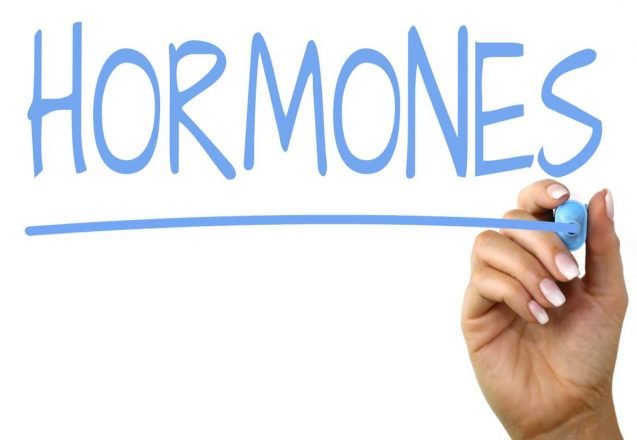

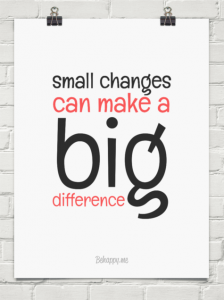 One of the biggest mistakes I see from the people that start their workout program in San Antonio, Texas is that people tend to make getting fit too complicated. It doesn’t have to be. Sure, there’s a lot to remember and a lot to do, but achieving your health goals requires that you make an effort to start! Overthinking the training or waiting until you know everything about fitness means you may never start. The easiest thing to do is just start moving, whether it’s taking a walk or doing a few exercises at your desk.
One of the biggest mistakes I see from the people that start their workout program in San Antonio, Texas is that people tend to make getting fit too complicated. It doesn’t have to be. Sure, there’s a lot to remember and a lot to do, but achieving your health goals requires that you make an effort to start! Overthinking the training or waiting until you know everything about fitness means you may never start. The easiest thing to do is just start moving, whether it’s taking a walk or doing a few exercises at your desk.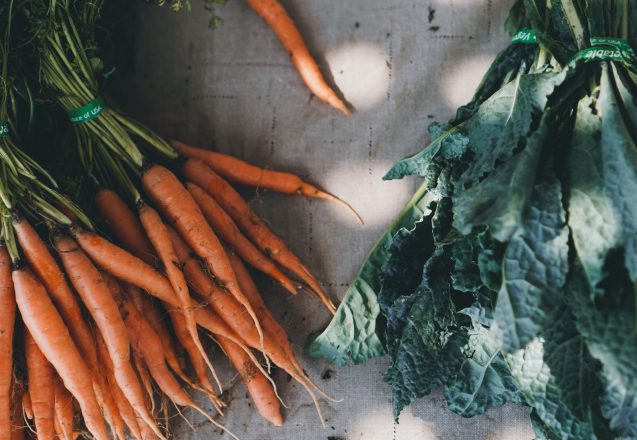
 Do you cringe at the thought of the extra expense to buy organic food? There’s a lot of reasons to do it, but also ways to save money. Exactly what is organic food? It’s food that’s raised using no pesticides, synthetic fertilizer, sewage sludge, GMO organism or ionizing radiation if you’re talking about fruits and veggies for animal products, it’s ones fed organic food, allowed to graze on grass or eat a natural source of food rather than man made feed. These animals are antibiotic and hormone free.
Do you cringe at the thought of the extra expense to buy organic food? There’s a lot of reasons to do it, but also ways to save money. Exactly what is organic food? It’s food that’s raised using no pesticides, synthetic fertilizer, sewage sludge, GMO organism or ionizing radiation if you’re talking about fruits and veggies for animal products, it’s ones fed organic food, allowed to graze on grass or eat a natural source of food rather than man made feed. These animals are antibiotic and hormone free.
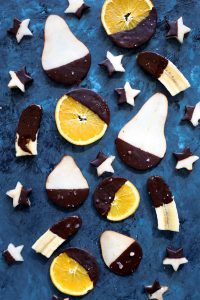 Getting your children off to a good start is important. Helping them to have healthy lifestyles measured by their choice in food and desire to stay active never can start too early. I have clients in San Antonio who ask me a lot about how to do it and the answer is clear. You control what the child eats in his or her early years, so making sure the foods are most nutritious is a top priority and also why finding healthy snacks for kids can help.
Getting your children off to a good start is important. Helping them to have healthy lifestyles measured by their choice in food and desire to stay active never can start too early. I have clients in San Antonio who ask me a lot about how to do it and the answer is clear. You control what the child eats in his or her early years, so making sure the foods are most nutritious is a top priority and also why finding healthy snacks for kids can help.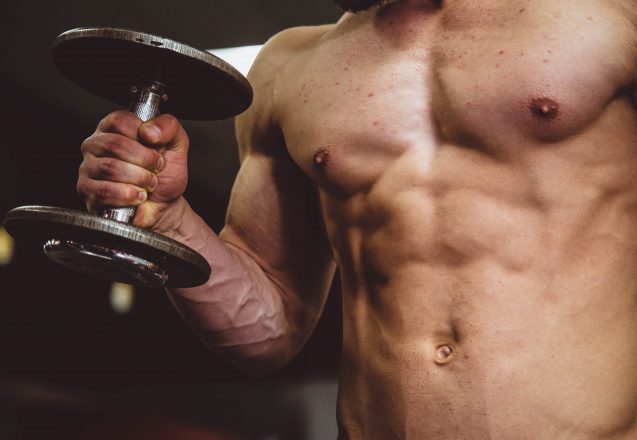
 I respect all people who start an exercise program, whether they go to a gym or not! Some people find it easier to workout at home and some are so strapped for funds even a small out of pocket expense is budget breaking. Yes, you can build muscle without a gym and in many cases, without any gym equipment, although are some pieces of at home equipment I do like that aren’t super expensive.
I respect all people who start an exercise program, whether they go to a gym or not! Some people find it easier to workout at home and some are so strapped for funds even a small out of pocket expense is budget breaking. Yes, you can build muscle without a gym and in many cases, without any gym equipment, although are some pieces of at home equipment I do like that aren’t super expensive.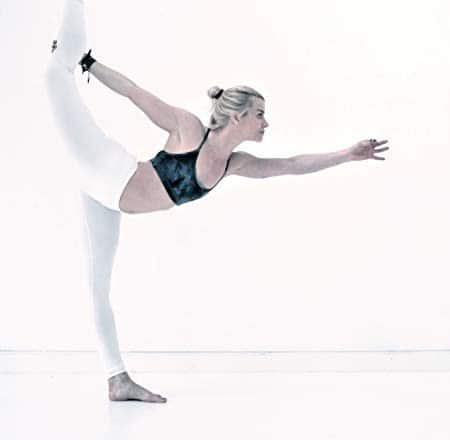
 When you live in San Antonio, TX, there’s a lot to do. Whether it’s wading through piles of work at the office, staying fit or taking care of the family, it can be pretty brutal. The key is to know when to push forward and know when to recharge. One big clue is your emotions. If you’re normally outgoing and social, but lately feel that you want to hide from people or just stay in the house forever, it’s time to take a break and nurture yourself.
When you live in San Antonio, TX, there’s a lot to do. Whether it’s wading through piles of work at the office, staying fit or taking care of the family, it can be pretty brutal. The key is to know when to push forward and know when to recharge. One big clue is your emotions. If you’re normally outgoing and social, but lately feel that you want to hide from people or just stay in the house forever, it’s time to take a break and nurture yourself.
 There are times when you absolutely are up against the wall and have to work late into the night, but those times shouldn’t be every week. You’re either trying to do too much or have poor planning. You need a good night’s rest to get the maximum accomplished in the hours you’re awake and unfortunately, too few Americans do that. Even if you’re eating healthy, drinking plenty of water and exercising regularly, you’ll still be putting your health at risk and your efforts to lose weight when you don’t get enough sleep.
There are times when you absolutely are up against the wall and have to work late into the night, but those times shouldn’t be every week. You’re either trying to do too much or have poor planning. You need a good night’s rest to get the maximum accomplished in the hours you’re awake and unfortunately, too few Americans do that. Even if you’re eating healthy, drinking plenty of water and exercising regularly, you’ll still be putting your health at risk and your efforts to lose weight when you don’t get enough sleep.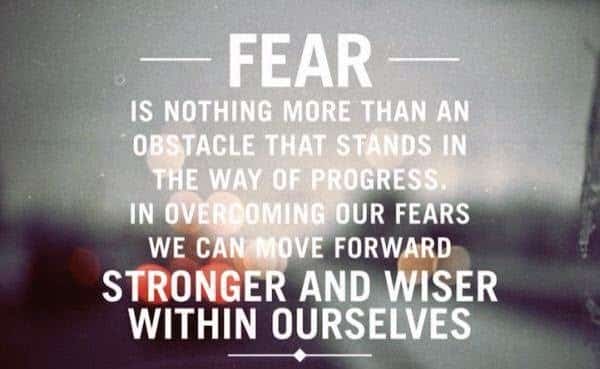
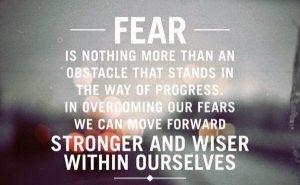 FOWO—fear of working out—might sound silly to those who don’t face it, but it’s real. There are various aspects to this, with one being fear of the gym. However, other situations, such as a after a serious condition, like a heart attack, can cause fear of overdoing or serious injury. For situations like that, making sure you have the okay from a doctor and a qualified personal trainer to help you is not only reassuring, it’s the smart and the right way to get back to fitness.
FOWO—fear of working out—might sound silly to those who don’t face it, but it’s real. There are various aspects to this, with one being fear of the gym. However, other situations, such as a after a serious condition, like a heart attack, can cause fear of overdoing or serious injury. For situations like that, making sure you have the okay from a doctor and a qualified personal trainer to help you is not only reassuring, it’s the smart and the right way to get back to fitness.
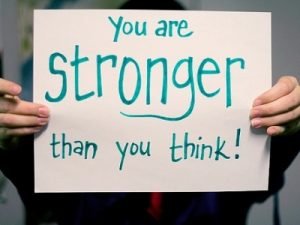 When you come to Iron Fit here in San Antonio, expect to do strength training. Whether you’re a man or a woman, there are huge benefits that aids a healthier lifestyle. If you’re working out to shed weight, it’s the top type of exercise for results. However, even people that don’t need to shed a pound benefit from it. Weight training provides benefits regardless of gender. Even though some women consider it as a workout for men, that’s just not true. More recent studies show that women may actually get more benefits from strength training than men do, both as a weight loss tool and an aid for maintaining good health.
When you come to Iron Fit here in San Antonio, expect to do strength training. Whether you’re a man or a woman, there are huge benefits that aids a healthier lifestyle. If you’re working out to shed weight, it’s the top type of exercise for results. However, even people that don’t need to shed a pound benefit from it. Weight training provides benefits regardless of gender. Even though some women consider it as a workout for men, that’s just not true. More recent studies show that women may actually get more benefits from strength training than men do, both as a weight loss tool and an aid for maintaining good health.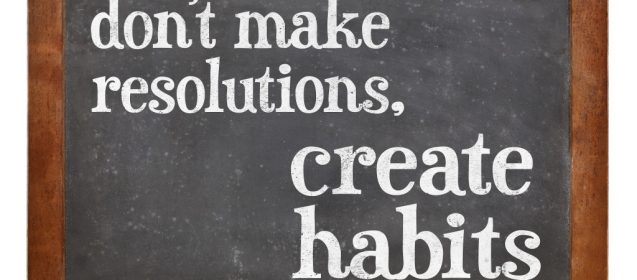
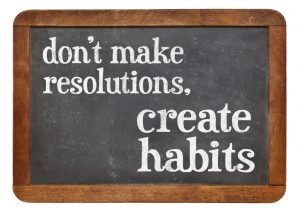 I’ve seen it too many times. People set a fitness New Year’s resolution and wait until the stroke of midnight on December 31st to begin. The problem is, they only plan to begin their fitness goal, but often fail because the moment of passion passed. If you know anyone that smokes and planned to give it up for their New Year’s resolution, you probably have seen them puffing away, smoking more than normal the last few weeks of the year, making it harder to quit. The same is true of people who plan on shedding those extra pounds. They eat like there’s no tomorrow, in anticipation of feeling hungry and deprived. It just doesn’t have to be that way.
I’ve seen it too many times. People set a fitness New Year’s resolution and wait until the stroke of midnight on December 31st to begin. The problem is, they only plan to begin their fitness goal, but often fail because the moment of passion passed. If you know anyone that smokes and planned to give it up for their New Year’s resolution, you probably have seen them puffing away, smoking more than normal the last few weeks of the year, making it harder to quit. The same is true of people who plan on shedding those extra pounds. They eat like there’s no tomorrow, in anticipation of feeling hungry and deprived. It just doesn’t have to be that way.